Understanding the Bet-Check-Bet Line in Single Raised Pots
In this article, we'll focus on single raised pots, and as the defender, we face the classic bet-check-bet line. So, we are usually out of position because we mainly cold call from the BB, and Villain chooses to c-bet flop, check back turn, and reopen the action on the river. We'll examine what a proper bxb range should look like; then, we'll make assumptions about how the pool deviates from that. Lastly, we establish some basic principles for making money from their mistakes. Let's jump right into the topic!
GTO Strategy for Bet-Check-Bet Lines: How a Solver Builds the Range
In our first example, we'll look at a board that is perceived to be a range bet board, i.e. the in-position player will bet her entire range for a small sizing (25-33% pot).
The situation is that BTN opens to 2,5bb, and we call on the BB with ♥A♥6. Flop comes ♥K♦️8♣2. BTN c-bets 1/3 pot, and we decided to call. We have too much showdown value to fold or raise, so our best and highest EV option is to continue by calling. The turn card is the♠3, and the action goes check-check.
The river brings the ♠J. We are holding the middle of our range, so we decide to check again, but Villain decides to reopen the action for 2/3 pot. Let's see how a solver would construct a proper range, balancing the bluffs with the value hands:
How Most Players Misplay the Bet-Check-Bet Line at Low Stakes
Now, let's make some assumptions based on mass data and personal experience playing against human beings. If we go back to the flop, we can all agree that this board is hard to miss, and probably the majority of the pool (for regulars, even more true) will c-bet the entire range here. Okay, there's not much more to see here; let's move on to the turn.
What is striking is how turns are going to be underbluffed. Look at which zero EQ hands should bet the turn, which I believe will not happen in real life or at least not the frequency needed to be balanced.
Look at the other side of the value hands. How often do you see top pairs checking back, even on a safe, brick turn?
Now, the question is how this affects ranges arriving to the river. We can state that the pool is arriving at the last street with a very weak range, way weaker than it should be. Double-barrelling way too many top pairs but not bluffing total air leads to an even more air-heavy range on the river. While the defender has gone through some filtering, folding most of her air on the flop and not value betting or bluffing the river. Therefore, the range mainly has decent showdown value.
On another note, that pool is just terrible in thin value betting, so we can assume that Jx will be checked back most of the time while, in reality, it should bet almost always.
Best Exploits for Overbluffed Bet-Check-Bet Spots in Poker
These imbalances of the ranges lead to BTN's overbluffing the river by a huge margin. The best strategy is bluffcatching with all of our catchers. You could even argue that you shouldn't bluff Q-high hands and go down as far as that in your catchers. Some players mess up and sometimes bluff with ace-high, but a reasonable player would take the showdown. So we can state safely that all of our bluffcatchers will work very nicely as a call in an overbluffed spot like this.
Advanced Bet-Check-Bet Example: Playing Scary River Cards
Let's examine a rather tricky example. The line is going to be the same, but the runout is something that looks scarier at first sight.
So, BTN opens to 2,5bb, and we call on the BB with ♦️A♦️6. Flop comes ♥Q♣3♥3. BTN c-bets 1/3 pot, and we decide to call. Again, we have too much showdown value to fold or raise; we assume that BTN range bets these types of flops, so our best and highest EV option is to continue by calling. The turn card is the ♥4, and the action goes check-check.
The river brings the ♥A; although we make top pair, our holding is in the middle of our range, a bit too weak to valuebet; therefore, we decide to check again, but Villain decides to reopen the action for 1/2 pot.
Let's examine how a solver would construct a proper range, balancing the bluffs with the value hands and following our assumptions from the previous hand to make our conclusions:
So, we can see that, in theory, BTN should check a lot of value hands on the turn, like flushes, while at the same time bluff hands with zero EQ. It is very unlikely that the low-stakes pool is anywhere near this. On the contrary, the turn betting range will be so value-heavy that the bluffs will contain so many Xd hands that on the bet-check-bet line, there are very few hands with a diamond but many total air hands.
Thus, the conclusion is we need to call almost, if not all, of our bluffcatchers. This includes not just pairs but maybe high hands, depending on how we see Villain's bluffing range (whether they can turn a pair into a bluff).
Final Thoughts: Adapting to Bet-Check-Bet Lines with Confidence
After revising how a theoretically sound strategy should look when choosing the bet-check-bet line, we concluded that the player pool (probably including most of you readers) is messing this line up by quite a margin. Turn barrelling ranges tend to be too strong or at least EQ-driven, making the checkback ranges weaker than they should be. The average low-stakes player also misses many thin value opportunities with second and third pairs. Thus, the range that decides to reopen the river action lacks strong and medium hands and is full of air. This makes your bluff-catching thought process a lot easier. Hopefully, you have a deeper understanding of this spot, and you will adapt your game not only as the defender but also as the preflop opener. Always note how wide the ranges are; it's not the same spot to play against UTG or BTN when you are on the BB. Another important note is to rate how the specific river card changes EQs. Don't just go mindlessly on bluffcatching mode.
That's it for today, folks! Good luck at the tables!

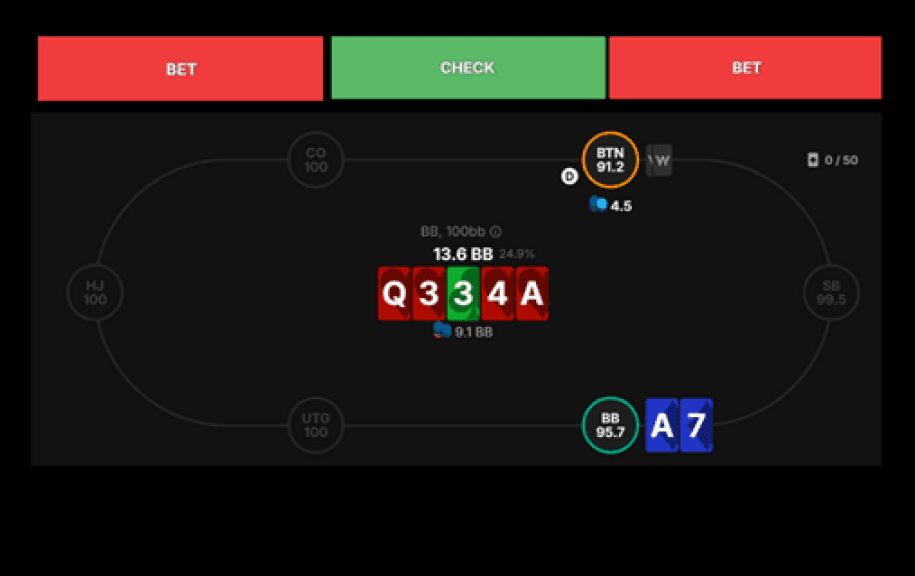
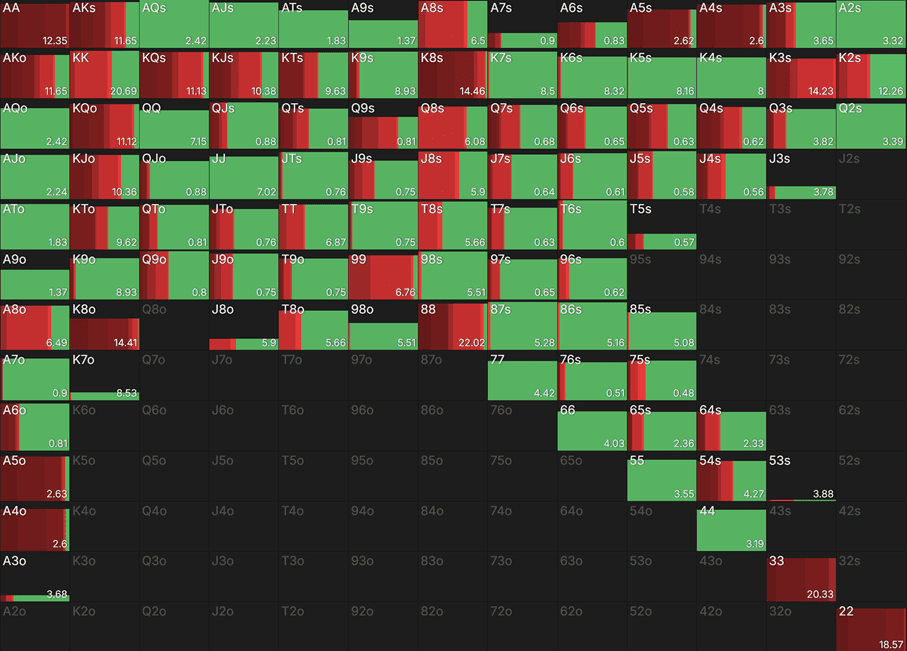
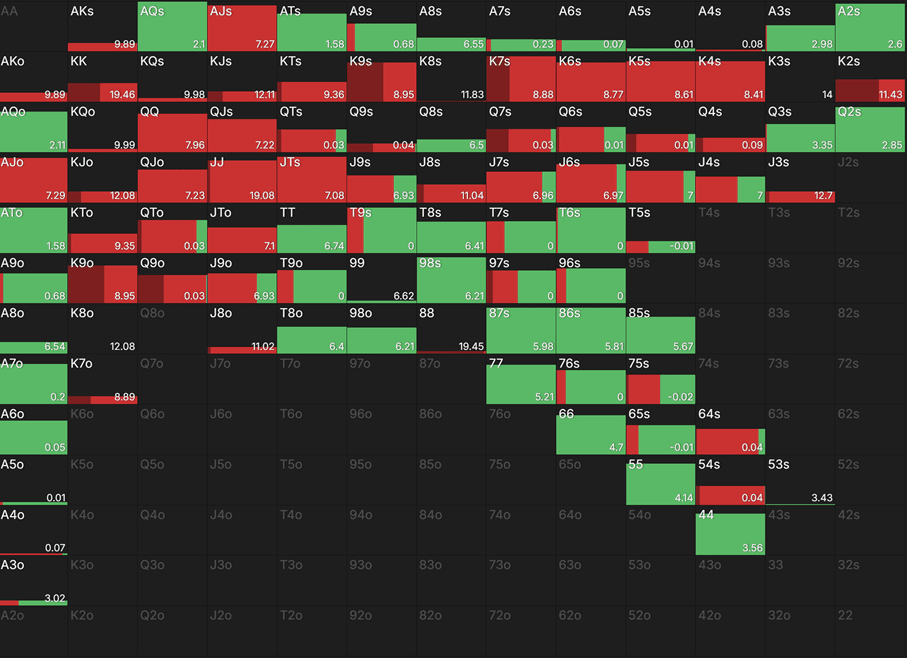
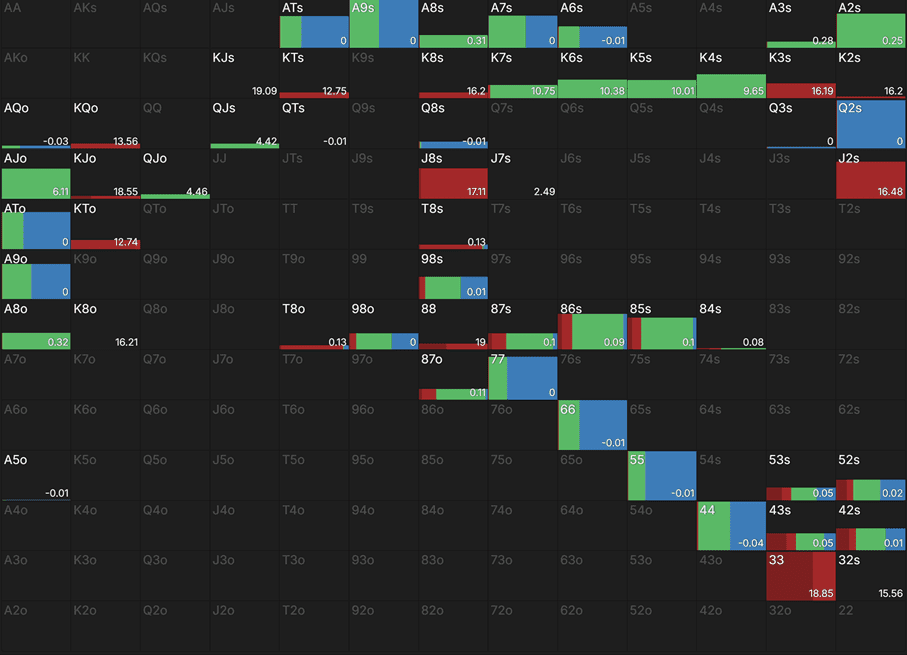
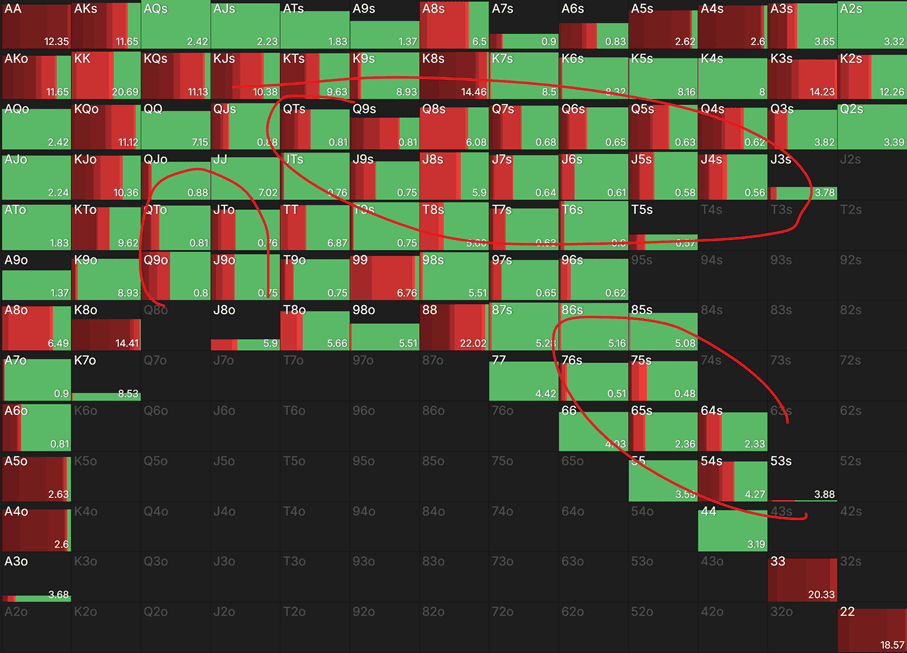
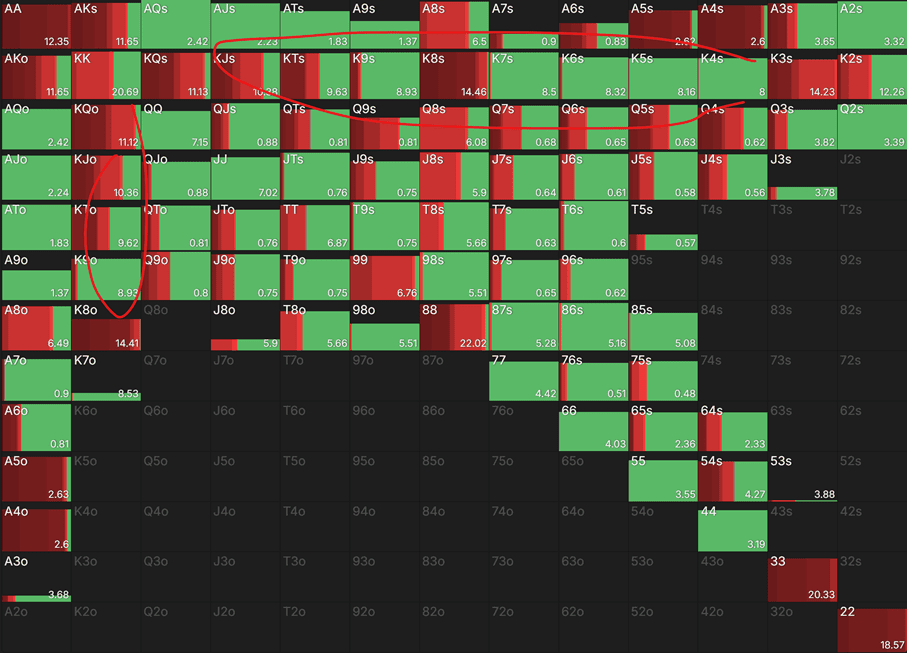

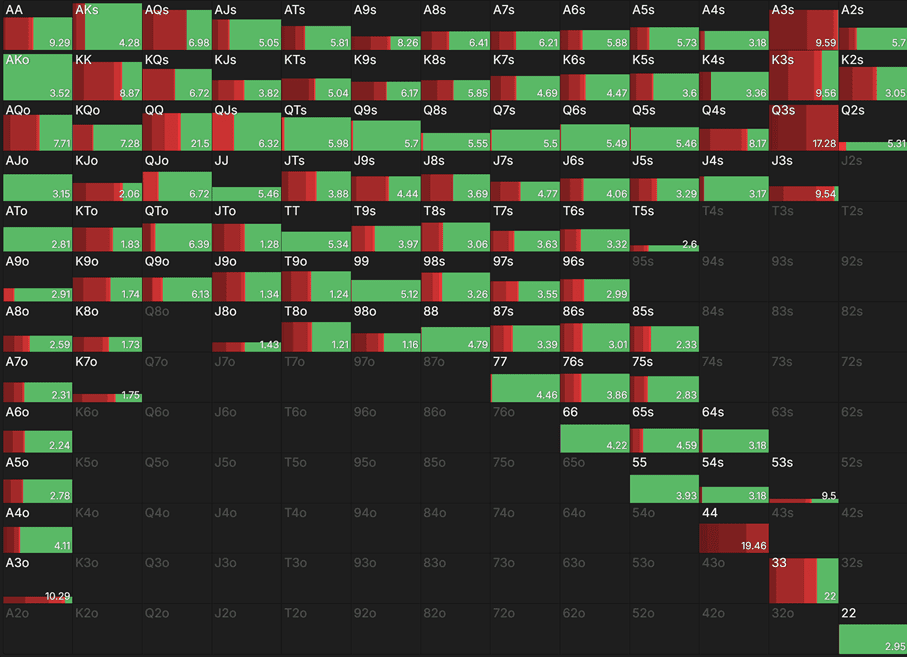
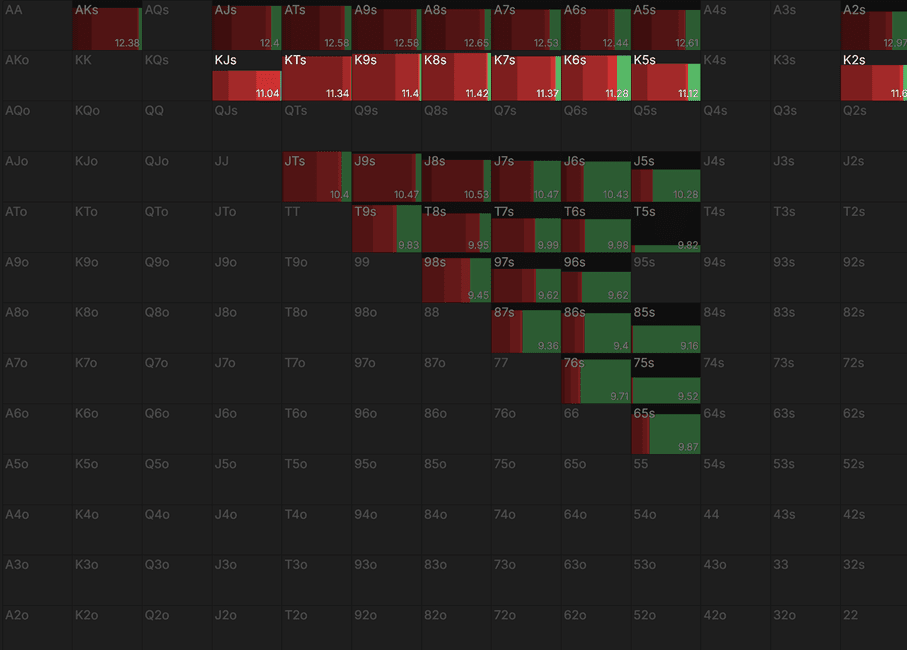
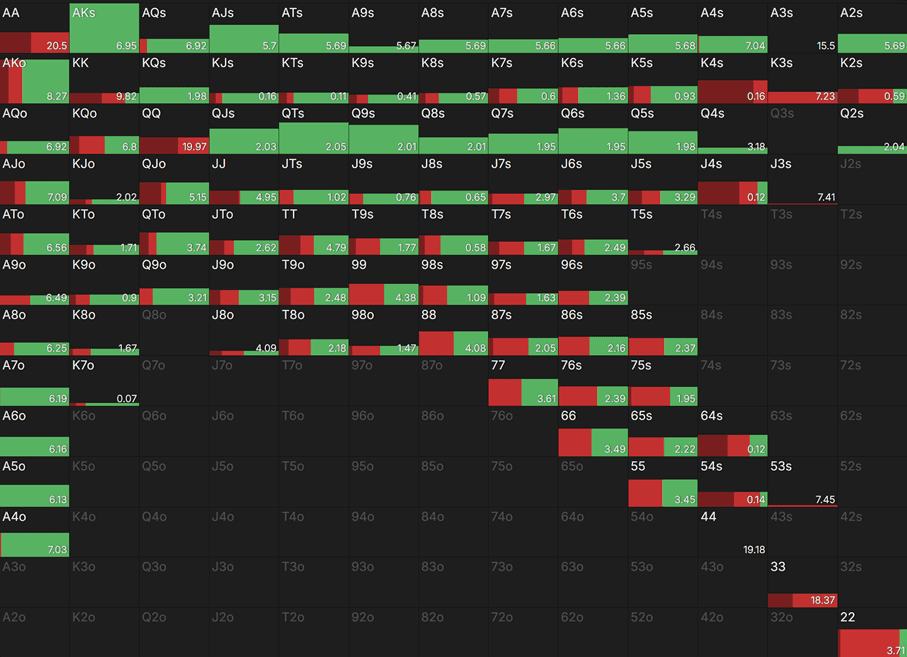
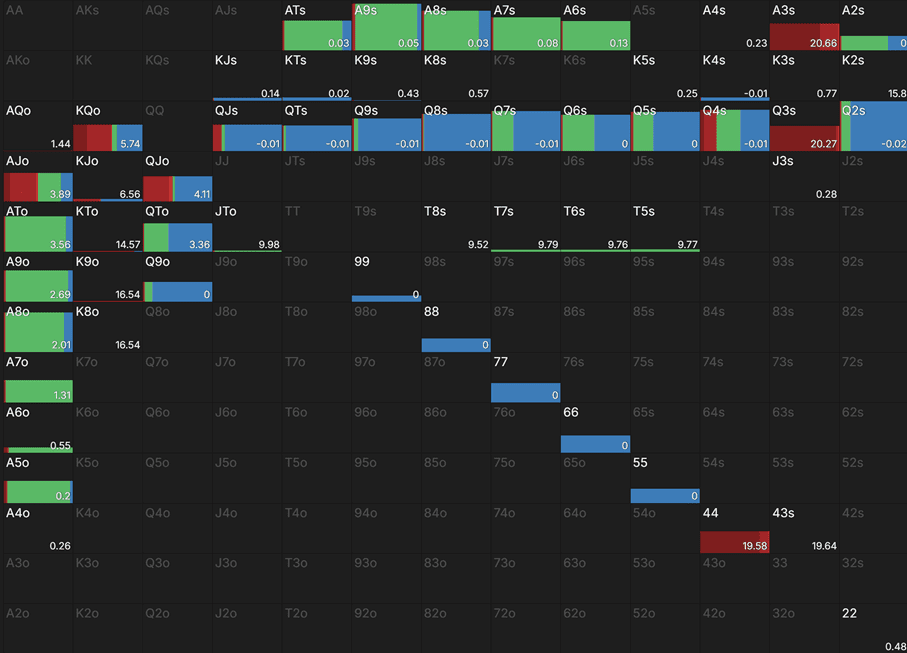

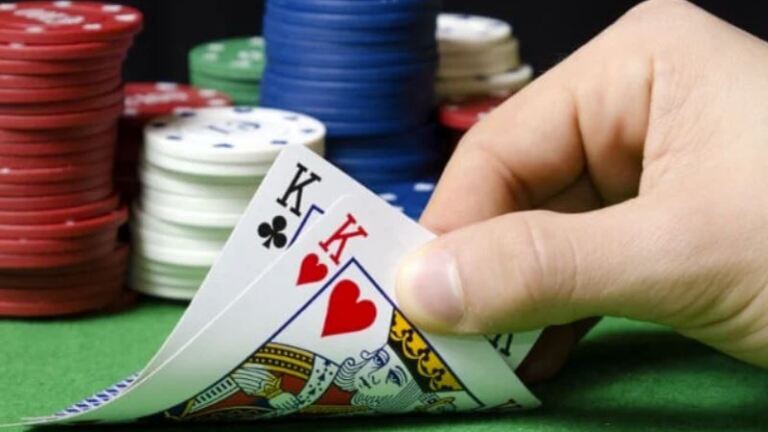
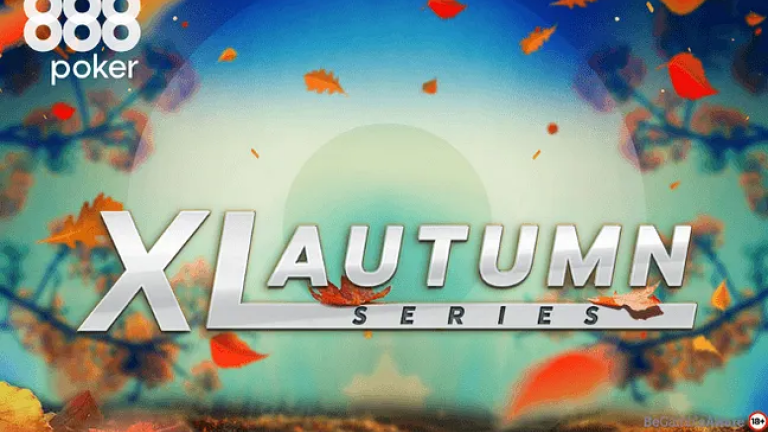
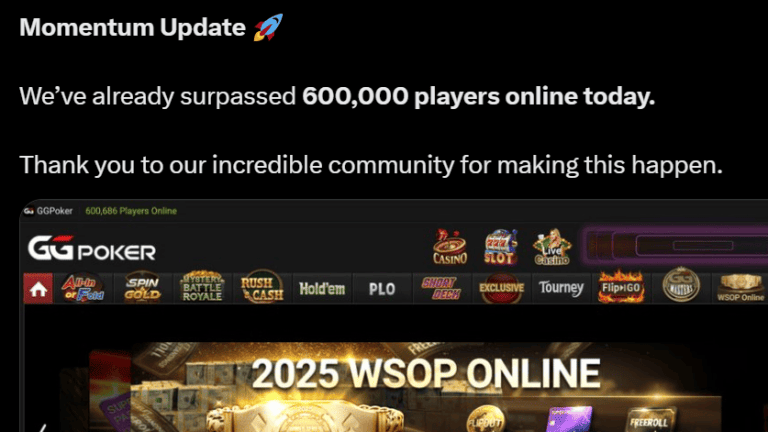
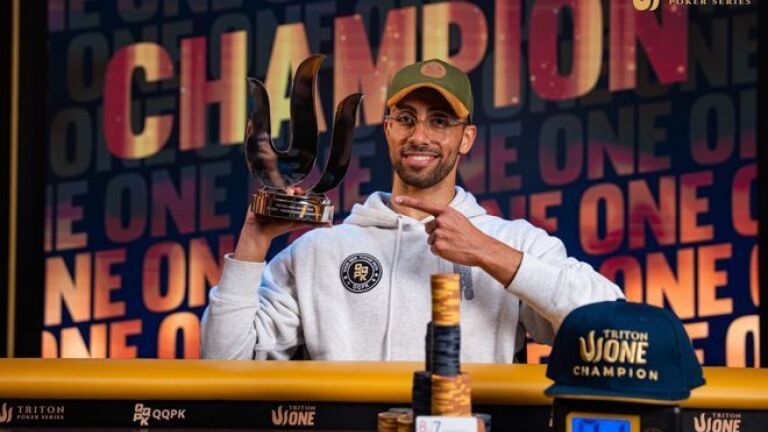










0 comments